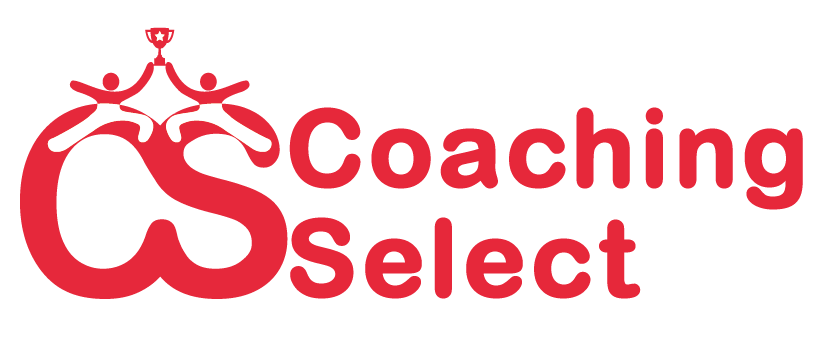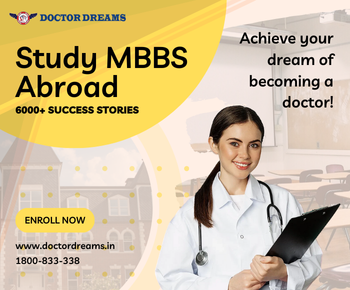7 Teaching Techniques to Maximise Student Learning Outcomes
Unlock the potential of your classroom with these 7 teaching techniques designed to maximize student learning outcomes.
May 11, 2024

Increasing use of technology in our lives also means shrinking attention spans, especially for children. Growing up in the times of interactive learning and technology every student today is exposed to devices and visceral consumption of content. In such an environment it becomes more and more difficult for educators to keep students engaged while ensuring high learning outcomes.
In this article, we share some of the top proven techniques to maximise student learning outcomes.
Top Techniques Maximise Student Learning Outcomes:
Reevaluate your Teaching Methods
The first step to enhancing student learning is to reevaluate current teaching strategies in line with the curriculum. Teaching the same topic over and over again to different classes, educators sometimes rely on the same teaching strategy out of habit. However, given that each class and its group of students are different, they could respond better to another teaching strategy. Innovative teaching techniques such as flipped classrooms, peer-to-peer learning, field trips, and multimedia tools are great examples of methods that can keep students engaged while improving their learning outcomes.
Regular Assessment
Assessments play a key role in determining student learning outcomes. When used strategically, assessments can help teachers and students identify knowledge gaps both before and after learning a concept. Creatively designed assessments can inform an educator on how the students process and apply the knowledge gained. Assessments can be both formal in the form of a test or an activity as well as informal in the way of classroom discussion, concept application and one-on-one interactions.
Collaborative Learning
Collaborative learning refers to students learning through group work. When students with different abilities and strengths collaborate on given topics and projects they strengthen their learning through discussions, idea sharing and doubt clarification at their level by picking references and language that are relevant to them. Collaborative learning is also helpful towards students honing their communication, problem-solving and critical thinking skills.
Outdoor Learning
Learning happens as much from real life and surroundings as from information materials and classroom teaching. Outdoor learning is an immersive approach that engages a student’s full attention. Students learn through observation of concepts in action, apply learnt concepts through activity, and understand the importance of the topics being taught. Field trips and excursions are also a great way to enhance interpersonal relationships with your students.
Interactive Learning
Interactive learning takes place when students interact directly with the concept being taught. This can happen via classroom interactions where teachers encourage students to discuss, apply and share their thoughts on the concept, role play, or do a project. Another aspect of interactive learning are virtual reality, augmented reality, educational apps and gamification for a fun and engaging learning experience.
Reversed Learning
As the name suggests their learning strategy is based on role reversals in the classroom. Under this method, post the preliminary learning through pre-reads, educational applications or online portals, students take on the role of the teacher and explain the topic to the class (teacher included). This exercise helps students gain an in-depth understanding of the topic while teaching it to their friends in a way that they can relate to it.
Practical Tools and Teaching Aids
Using smart educational technology like multimedia presentations, models, diagrams and charts to support classroom teaching can help drive higher student engagement as opposed to traditional lecture-style teaching. Using these teaching aids and practical tools delivers an audio-visual input that enhances student understanding and grasp of the topic making classroom teaching more effective and efficient.
As the world around us evolves it is unfair to expect students to learn only through the old, conventional methods. Traditional methods today need to be supported and supplemented by scientifically proven unconventional learning strategies that deliver improved student learning for an effective teaching-learning process. By using progressive and modern teaching strategies teachers can boost student understanding and performance, ensuring a happy and productive learning environment.



